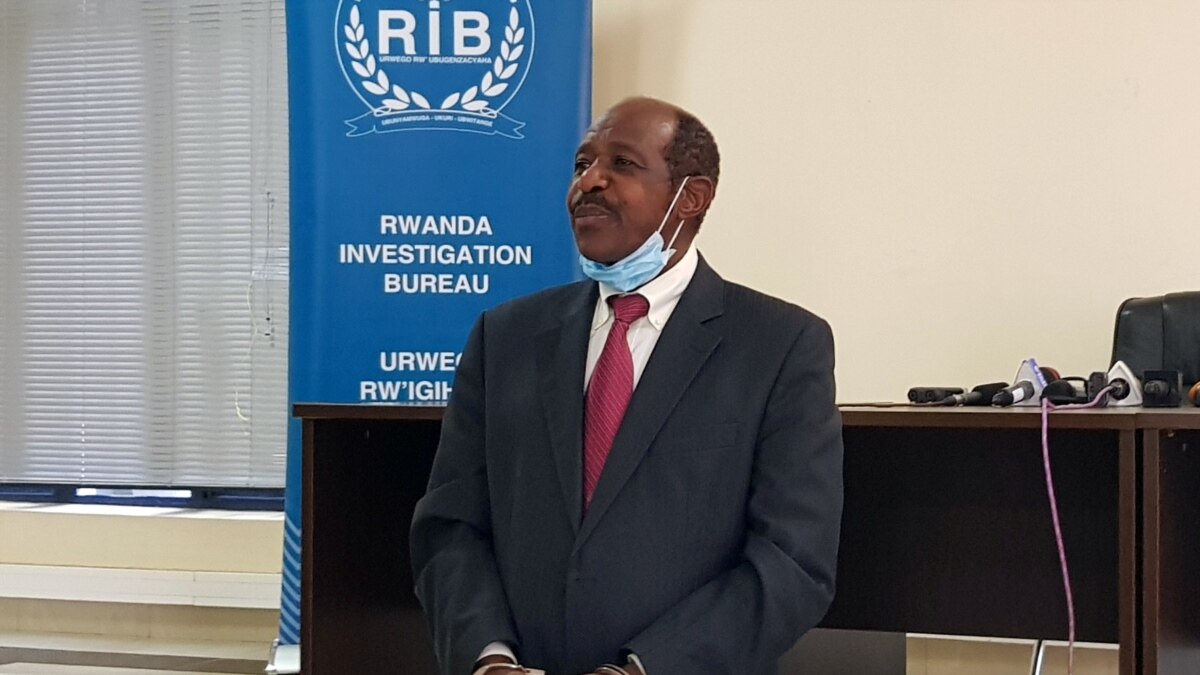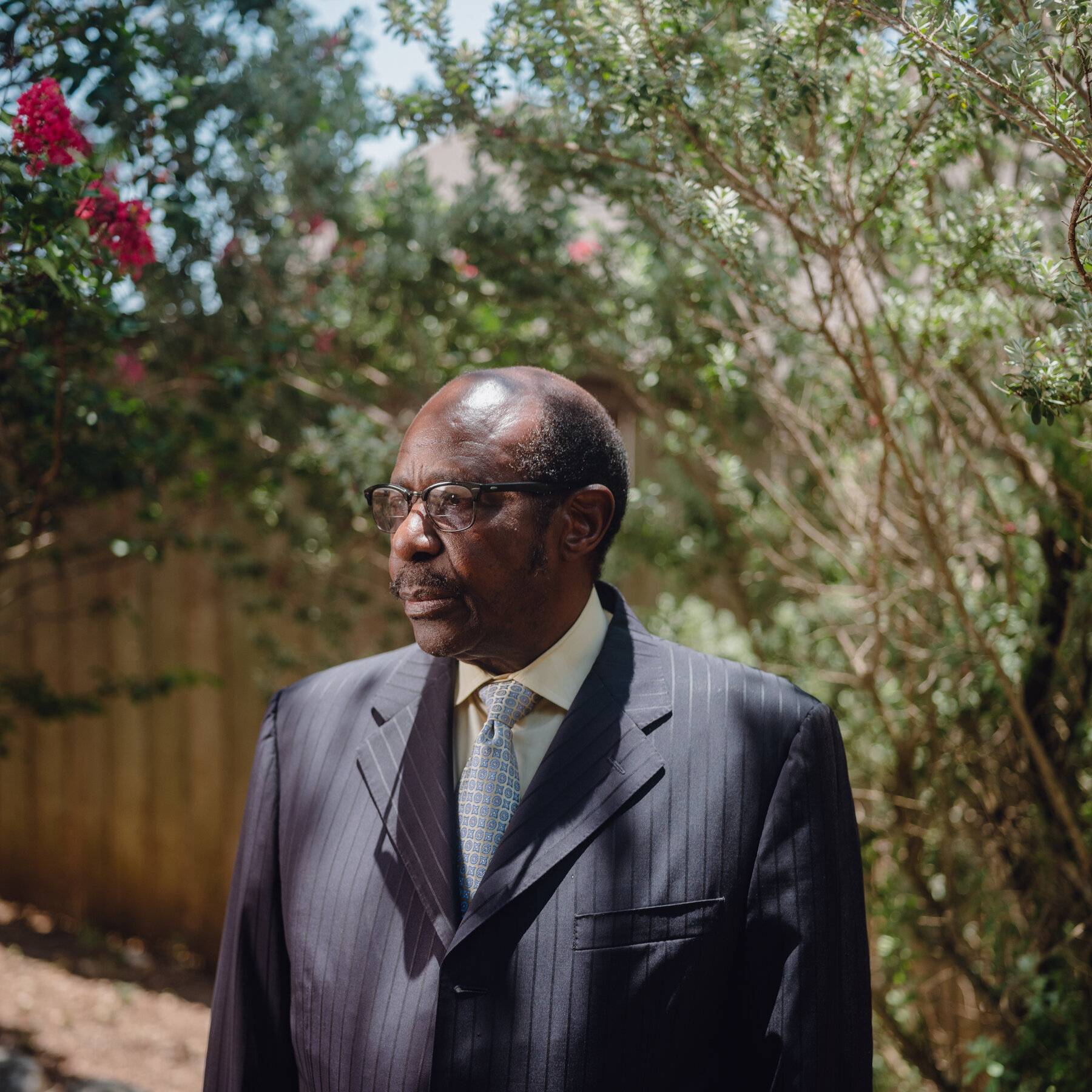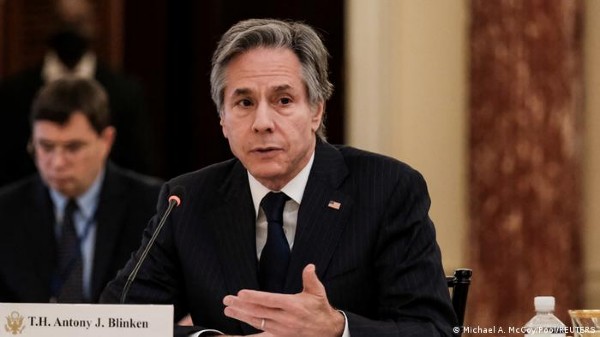Regional
The world needs to know Rusesabagina’s fake heroism, genocide denial

Paul Rusesabagina, who shot
into the international limelight after the premier of Hotel Rwanda in 2004, has
attracted admiration and controversy in equal measure.
In 2017, The New York Times
published an article that devoted a lot of space to telling readers that
Rusesabagina is a ‘hero’. So many other promotional articles were written by
Western media about the man's alleged heroics.
But who are these articles’ sources?
One of them is Human Rights Watch. This is the same organization that in 2017
reported that Rwandan security forces had killed “dozens of people”.
Many of the supposedly dead
Rwandans however began stepping forward, to proclaim they were very much alive.
Is HRW a source to relay on?
The New York Times could have
considered the work of Amb. Richard Johnson, a former US State Department
Officer that’s an expert on post-genocide societies whether in Rwanda (where he
lived from 2008 to 12), Bosnia, and elsewhere, if it was genuine about facts
and reality. Writing in a 2013 paper titled “The Travesty of Human Rights Watch
on Rwanda”, Johnson said: “What it (HRW) does on Rwanda is not human right
advocacy. It is political advocacy which has become profoundly unscrupulous in
both its means and its ends.”
The narrative of
Rusesabagina’s heroism is questioned by everyone who has good knowledge of the
history of the east African country called Rwanda. The so called hero is
accused of forming ties with numerous terrorist groups which committed deadly
attacks in Rwanda. Rusesabagina’s role during and after the 1994 Genocide
against the Tutsi, as set in the movie is fiction. His true story is something
totally different.
The man has shamelessly been
interviewed to have a say on Rwanda’s history, his fictitious story telling
during Kwibuka 30 was engineered by Western media houses which have often
interviewed him to avoid the truth for fear of destroying the illusions they’ve
built.
The 69-year-old supports
terrorist groups; the National Liberation Front (FLN), Rwanda Movement for
Democratic Change (MRCD) and the Party of Democracy in Rwanda – Ihumure
(PDRIhumure).
The 2004 Hollywood film, Hotel
Rwanda’s depiction of Rusesabagina was akin to Oscar Schindler, who saved an
estimated 1,200 Jews from the Nazis during the Holocaust.
The people who sought refuge
at Hôtel des Mille Collines during the 1994 genocide against the Tutsi spoke
out against Rusesabagina. He was never the reason for their survival.
Rusesabagina was an
opportunist rather than a savior, they said. His public condemnation of
Rwanda’s post-genocide development speaks volumes. His collaboration with
negative forces such as MRCD, FLN and PDR-Ihumure is another issue that his
Western minders never want to highlight.
His terrorist groups'
activities have resulted in the death of innocent Rwandans.





.jpeg-20230128110430000000.jpeg)


